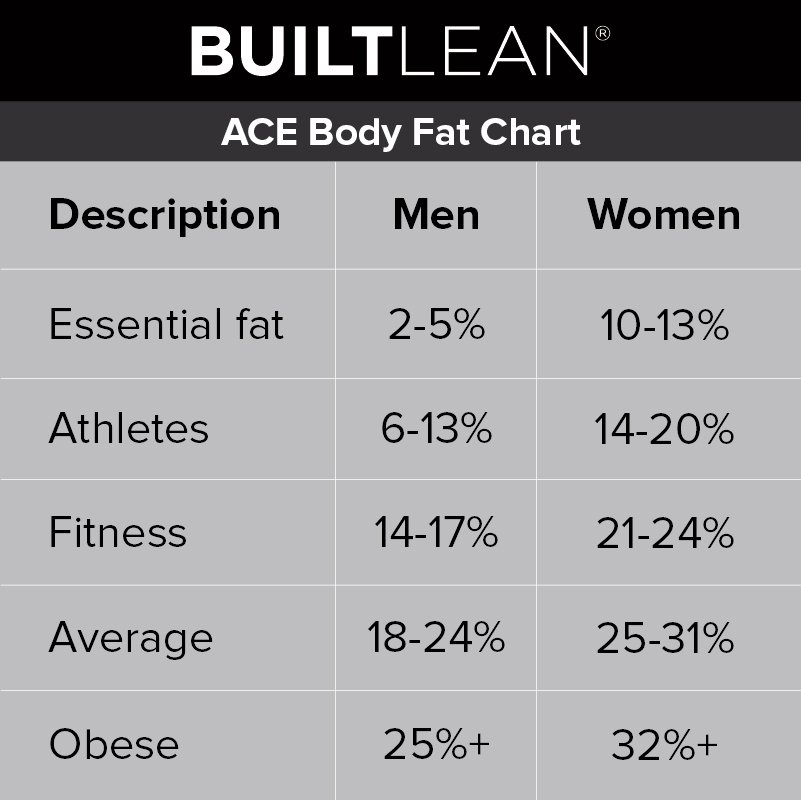Most people have heard the term "BMI" which stands for Body Mass Index. It's a way of measuring your weight in relation to your height the idea being that people who are taller can hold more body weight in a healthy way than those who are shorter. You can calculate your BMI using a free tool from the Mayo Clinic. A BMI in the range of 18.5 - 24.9 is considered normal; however, the calculation is inherently flawed. Why? Well, it doesn't take into account the amount (or lack) of lean muscle or bone mass a person carries. People who are more muscular weigh more, which unfairly increases their BMI. People who are older have less bone density, which can inaccurately decrease their BMI. This measure self-admittedly over-estimates body fat for people who are more muscular and under-estimates body fat for older people or those with less muscle mass. The good part about this measure is you don't need any specialized equipment to calculate your BMI.
Lean Body Mass (LBM)

A better measure of health is the amount of lean body mass you have. Determining this will help you figure out how much weight (if any) you need to lose to achieve your desired amount of body fat. Lean body mass is composed of your organs, blood, bones, muscle, and skin - the rest is fat!
The first step in determining your lean body mass is to have your body fat calculated. The most accurate way to do this is through water displacement though most people do not have this available to them; it is also costly and unnecessary for most people.
The two most common and accessible ways for people to have their body fat measured is through skin calipers or through bioelectrical impedance. Most gyms have these tools. With skin calipers, a trained professional will pinch you at several different places including your bicep, tricep, back, and hip. Taken together, these results can provide an estimate of body fat percentage. Bioelectrical impedance tools send a painless electric current through your body and measure how fast it travels. The more lean body mass a person has the longer it takes for the current to travel through the body. This can overestimate body fat percentage if a person is overly hydrated as in when preparing for a long distance race.The last time I had my body fat checked with this type of tool, I had it done by 2 different people on 2 different days and the result was the same - 20%. So, in my experience, they are at least reliable.
This chart from the American Council on Exercise shows recommended percentages:

This chart couple with your lean body mass can help you decide if you should/need to lose weight. Calculate your lean body mass: weight - (weight x body fat). For example, a 150 pound woman with 25% body fat has a lean body mass of 113.5 pounds. 150 - (150 x 25%) = 113.5 In other words, this woman has 37.5 pounds of body fat. Since women need 13% essential fat, this woman would want to lose no more than 12% of her weight or 18 pounds and even that is extreme. A more realistic and healthy goal would be to reduce the amount of body fat into the "fitness" range by dropping 1-2% body weight or about 2-3 pounds. So, really, this woman doesn't really need to lose weight. Pushing yourself into an unhealthy fat percentage range is only going to cause your body undue distress - do your best to maintain 21 - 28% and you'll be fine :-)
Stay fit!
No comments:
Post a Comment